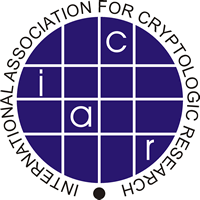Simplex Consensus: A Simple and Fast Consensus Protocol
We present a theoretical framework for analyzing the efficiency of consensus protocols, and apply it to analyze the optimistic and pessimistic confirmation times of state-of-the-art partially-synchronous protocols in the so-called "rotating leader/random leader" model of consensus (recently popularized in the blockchain setting). We next present a new and simple consensus protocol in the partially synchronous setting, tolerating $f < n/3$ byzantine faults; in our eyes, this protocol is essent...| IACR Cryptology ePrint Archive

